As Richard Branson’s Virgin Galactic takes tourism on a stratospheric leap DNA finds that in India we lack that cosmic joie de vivre.
The stage is set for people to enjoy flights in space. But India — which has carved a niche for itself in low-cost satellite launches — might as well miss the bus in capitalising on a cracker of an industry which could yield oodles of excitement, and of course the moolah.
As yet there are no takers for this concept within India. Probably, it will be long in coming. And there is a good reason for that. In fact, even around the world, Richard Branson with his company, Virgin Galactic, is the only one who is taking this seriously.
If you open Virgin Galactic’s website you will be greeted with: “Book your place in space and join over 340 Virgin Galactic astronauts who will venture into space”.
And what a booking it is! A two-and-a-half-hour flight to the edge of space will cost you 1,40,000 British pounds. That works out to precisely Rs99,82,000 — just a whisker short of Rs1 crore.
But it’s happening. People are interested. Virgin Galactic has already sold about 300 tickets to people from 40 different countries who are seeking rides into space — an adventure that was beyond their reach, and so far was restricted only to professionally trained astronauts on scientific missions.
What is envisaged is completely different from these scientific missions. The space-bound joyride involves a mother ship, called White Knight Two (WK2), and an attached captive craft, named SpaceShip Two (SS2), which accommodates six passengers.
The passengers will be trained for three days at the Virgin Spaceport in Mojave desert in New Mexico.
The joyride involves WK2 taking the passengers up to an altitude of 50,000 feet when the pilot detaches SS2 whose hybrid rockets are fired to accelerate the craft to 3,000 miles per hour in 90 seconds.
At about 128 kilometres above Earth, the rocket cuts out to leave SS2 in a ballistic trajectory and the passengers can experience zero-gravity at this stage for about 15 minutes. It is at this stage that the on board pilot controls the craft using thrusters and begins the re-entry into the atmosphere. At about 67,000 feet the pilot lowers the wings to glide the craft back to the landing strip at Virgin Spaceport. The whole trip lasts approximately 150 minutes.
There are more positive vibrations about all the above becoming a reality now than ever before. Virgin Galactic on October 10 completed its first manned free flight of the spaceship, which will ultimately take customers willing to shell out that exorbitant amount on commercial space flights.
But why is Branson the only one who is going all out on this? Why is India not being able to capitalise on the opportunity? Capt GR Gopinath, who pioneered the low-cost aviation in India by launching Air Deccan in early 2000, believes one needs to have a “rare kind of entrepreneurial spirit” to embark on a business venture like space tourism.
“Only someone like Richard Branson, who combines entrepreneurial spirit with adventure, can pull off something like this. When you undertake such a venture, you are not thinking about money but only adventure. Not everyone can possess his (Branson) charisma, passion and wealth to pursue such dreams,” says Capt Gopinath, who made the flying dreams of millions of middle class Indians come true. He says Branson’s vision of space tourism is also backed with by his deep pockets: “Lack of money will keep many Indian businessmen from doing these things. Branson has created enough wealth to go after such business ventures.”
Capt Gopinath, however, feels India does have potential for this kind of ultra-luxury services. “We do have Indians who would spend for this rare experience. We already have companies selling one-of-a-kind, extremely luxurious product and services in the Indian market,” he says. But he does not see Indian airlines getting off the safe runway of civil aviation to take off on a risky space tourism flight.
Space tourism business would require huge capital and time. One Indian businessman who comes close to Branson in entrepreneurship and flamboyance is Vijay Mallya. His business is spread across liquor, airlines, sports and real estate. But sadly, Mallya does not have such deep pockets as Branson’s. Sadly, the Indian billionaire is, in fact, struggling to reduce debts of his airline company, Kingfisher Airline, which is leverage 17 times.
But the only promise comes from Indian Space Research Organisation (ISRO) which has already made its mark in low-cost satellite launches. ISRO does have an eye on enabling people to take trips into space. “But, that will be the real space tourism in which people can spend days on a space-based platform like the International Space Station (ISS),” says former ISRO chairman, who spearheaded the Chandrayaan-1 mission to Moon, G Madhavan Nair. “What are being done by Branson are mere sub-orbital flights to the lower fringes of space.”
Nair, however, feels that it could be difficult to replay India’s low-cost satellite launches in the tourism sphere. He says low-cost inevitably is associated with higher risks, and while that could be possible with unmanned payloads, having people on board would require higher and safer technologies to ensure that passengers going on such trips return safely to base to share their wonderful experiences with their loved ones.
At present, India is lagging in this endeavour. The space organisation is presently in the midst of carrying out a fool-proof space recovery of astronauts through the Space capsule Recovery Experiment (SRE), which entails perfecting the art of securing astronauts after a mission’s completion.
And this is a sea-based operation, in which the spacecraft carrying the astronauts lands at a pre-determined location in the ocean using giant parachutes. The astronauts are then removed from the space capsule, put on a ship and taken to a medical centre to study the effects of space on their anatomy.
Branson’s adventure is more on the lines of a space shuttle-like mission, except that Virgin Galactic flights will take off like an aircraft unlike the shuttle which is lifted off using rockets but lands like an aircraft. ISRO scientists admit that a space shuttle like programme is not yet on India’s agenda. Also, India has not yet sent its first man into space. Rakesh Sharma went on a Russian Soyuz mission in 1984, and therefore cannot be counted as the first Indian manned space mission.
But Nair is optimistic. “We are trying to develop Soyuz-like rugged rockets that can then be extended for space tourism,” he says.
The American space shuttle programme is about to be decommissioned and the space missions — commercial as well as scientific ones — will then be largely dependent on rockets and Branson’s concepts for depositing space adventurers into space.
The Soyuz began its missions on November 28, 1966, and its fourth generation rockets were used from 1986 to 2003 for ferry flights to Mir (Russian space station) and the ISS between 1986 and 2003. Currently, the Soyuz ACTS (Advanced Crew Transportation System) is being worked upon to achieve lunar orbit with men on board, and is planned to be unveiled by 2012.
Considering the collaborative nature of space-based missions, the Soyuz upgrades could include habitation modules developed by the European Space Agency, talks on which are progressing. Besides a unique rocket-based precision landing system is also being planned for the Soyuz upgrades that could make space tourism a safer proposition in the near future.
ISRO scientists are not ignoring the developments in Russia and Europe. Instead, they are keenly watching to see where they can capitalise through collaboration — just like they did with India’s first Chandrayaan mission, which gave path-breaking discoveries about water on Moon.
One thing remains certain: India’s forays into space tourism will not be initiated by private companies like Branson’s. Space scientists assess that it is more likely to be an add-on to technologies developed by ISRO in a collaborative mode with foreign space agencies before being passed on to private firms as part of technology transfers.
But it will be long in coming for such private firms to throw up a Richard Branson-like daring concept, where they are sub-orbital flights or deeper space forays in the future.
Either ways, the future seems more exciting with journeys into space waiting to be a reality.
![submenu-img]() Meet man who took loan to buy a truck, now owns 5700 vehicles, his business is worth...
Meet man who took loan to buy a truck, now owns 5700 vehicles, his business is worth...![submenu-img]() Darshan to be shifted to Bellary jail after photos of him receiving 'VIP treatment' in Bengaluru jail go viral
Darshan to be shifted to Bellary jail after photos of him receiving 'VIP treatment' in Bengaluru jail go viral![submenu-img]() Jay Shah becomes new ICC chairman, set to assume role on…
Jay Shah becomes new ICC chairman, set to assume role on…![submenu-img]() Gangs of Wasseypur films to re-release in theatres; here's how to watch Anurag Kashyap's cult classic
Gangs of Wasseypur films to re-release in theatres; here's how to watch Anurag Kashyap's cult classic![submenu-img]() Days after Sebi ban, Anil Ambani-led firms' shares hit lower circuit limits, investors continue to...
Days after Sebi ban, Anil Ambani-led firms' shares hit lower circuit limits, investors continue to...![submenu-img]() फुर्सतगंज हुआ तपेश्वर धाम, जायस बना गोरखनाथ, यूपी में बदल गए 8 रेलवे स्टेशनों के नाम, देखें पूरी लिस्ट
फुर्सतगंज हुआ तपेश्वर धाम, जायस बना गोरखनाथ, यूपी में बदल गए 8 रेलवे स्टेशनों के नाम, देखें पूरी लिस्ट![submenu-img]() राज्यसभा चुनाव से पहले ही BJP ने मारी बाजी, 12 में से 9 कैंडिडेट निर्विरोध जीते
राज्यसभा चुनाव से पहले ही BJP ने मारी बाजी, 12 में से 9 कैंडिडेट निर्विरोध जीते![submenu-img]() सजा माफी के लिए झूठा हलफनामा... SC ने योगी सरकार के अधिकारी को लगाई फटकार
सजा माफी के लिए झूठा हलफनामा... SC ने योगी सरकार के अधिकारी को लगाई फटकार![submenu-img]() Champai Soren के BJP में शामिल होने से बाबूलाल मरांडी नाखुश, पार्टी की बढ़ेंगी मुश्किलें?
Champai Soren के BJP में शामिल होने से बाबूलाल मरांडी नाखुश, पार्टी की बढ़ेंगी मुश्किलें?![submenu-img]() घरों में घुसा पानी, सड़कें डूबी और उफनती नदियां... गुजरात में बारिश से हाहाकार, अबतक 15 की मौत
घरों में घुसा पानी, सड़कें डूबी और उफनती नदियां... गुजरात में बारिश से हाहाकार, अबतक 15 की मौत![submenu-img]() Meet man, tailor's son who sold newspapers, then cracked UPSC by studying from borrowed notes, became IAS with AIR...
Meet man, tailor's son who sold newspapers, then cracked UPSC by studying from borrowed notes, became IAS with AIR...![submenu-img]() NCERT suggests new evaluation model for 12th board results, proposes...
NCERT suggests new evaluation model for 12th board results, proposes...![submenu-img]() Meet woman who cracked UPSC exam in first attempt at age of 23, got AIR 94 without coaching, she is now posted as…
Meet woman who cracked UPSC exam in first attempt at age of 23, got AIR 94 without coaching, she is now posted as…![submenu-img]() Meet man, who topped NEET PG 2024, son of engineer and teacher, he is from...
Meet man, who topped NEET PG 2024, son of engineer and teacher, he is from...![submenu-img]() Meet man who failed in class 10, built Rs 5499 crore company that partners with Rolls-Royce and Boeing, he is...
Meet man who failed in class 10, built Rs 5499 crore company that partners with Rolls-Royce and Boeing, he is...![submenu-img]() Tripura Floods: 12 Killed, Over 300 Rescued As Heavy Rains Causes Severe Flooding In Tripura
Tripura Floods: 12 Killed, Over 300 Rescued As Heavy Rains Causes Severe Flooding In Tripura![submenu-img]() Kolkata Doctor Murder: Are Indian Rape Laws Enough? Public Opinion On Stricter Measures
Kolkata Doctor Murder: Are Indian Rape Laws Enough? Public Opinion On Stricter Measures![submenu-img]() PM Modi In Poland: Calls For 'Restoration Of Peace' Amid Russia-Ukraine War | Warsaw
PM Modi In Poland: Calls For 'Restoration Of Peace' Amid Russia-Ukraine War | Warsaw![submenu-img]() Neeraj Chopra Bags Second Spot In Lausanne Diamond League 2024, Surpasses Paris Olympic Throw
Neeraj Chopra Bags Second Spot In Lausanne Diamond League 2024, Surpasses Paris Olympic Throw![submenu-img]() Surat Metro Construction Mishap: Crane Topples Onto Vacant Building, No Casualties Reported
Surat Metro Construction Mishap: Crane Topples Onto Vacant Building, No Casualties Reported![submenu-img]() Manu Bhaker wants to spend time with this Indian sportsperson and it's not Neeraj Chopra
Manu Bhaker wants to spend time with this Indian sportsperson and it's not Neeraj Chopra![submenu-img]() Neeraj Chopra's net worth before Olympics was Rs 25 cr, Arshad's net worth was Rs 80 lakh, their current net worth is...
Neeraj Chopra's net worth before Olympics was Rs 25 cr, Arshad's net worth was Rs 80 lakh, their current net worth is...![submenu-img]() Vinesh Phogat's net worth was just Rs 5 crore before Paris Olympics, her current net worth is Rs…
Vinesh Phogat's net worth was just Rs 5 crore before Paris Olympics, her current net worth is Rs…![submenu-img]() What is the price, length and weight of Neeraj Chopra and Olympic gold medalist Arshad Nadeem's javelin?
What is the price, length and weight of Neeraj Chopra and Olympic gold medalist Arshad Nadeem's javelin?![submenu-img]() Meet Archana Kamath Olympian who created history in Paris quits playing forever at 24 due to...
Meet Archana Kamath Olympian who created history in Paris quits playing forever at 24 due to...![submenu-img]() What does India buy from Pakistan?
What does India buy from Pakistan?![submenu-img]() Meet Salman Khan's heroine, who fell in love with 3 married men, rejected film with Aamir; later quit industry for...
Meet Salman Khan's heroine, who fell in love with 3 married men, rejected film with Aamir; later quit industry for...![submenu-img]() This star worked as laboratory assistant, became actor by chance, his wedding was called off; later emerged as India's..
This star worked as laboratory assistant, became actor by chance, his wedding was called off; later emerged as India's..![submenu-img]() What is type 1.5 diabetes? Here's all you need to know
What is type 1.5 diabetes? Here's all you need to know ![submenu-img]() Meet actress who worked with SRK, Salman, Aamir, was bigger star than Kajol, Karisma, Juhi, career got ruined after..
Meet actress who worked with SRK, Salman, Aamir, was bigger star than Kajol, Karisma, Juhi, career got ruined after..![submenu-img]() Himachal Pradesh weather update: Landslides, heavy rain cause havoc, 126 roads shut, IMD issues yellow alert till....
Himachal Pradesh weather update: Landslides, heavy rain cause havoc, 126 roads shut, IMD issues yellow alert till....![submenu-img]() Kolkata-Bangkok Highway: Check estimated completion, route, distance and more
Kolkata-Bangkok Highway: Check estimated completion, route, distance and more![submenu-img]() J-K Assembly Polls: BJP releases third list of 29 candidates for phase 2, 3; check here
J-K Assembly Polls: BJP releases third list of 29 candidates for phase 2, 3; check here![submenu-img]() PM Modi speaks to President Putin, says exchanged perspectives on Russia-Ukraine conflict
PM Modi speaks to President Putin, says exchanged perspectives on Russia-Ukraine conflict![submenu-img]() Delhi excise policy case: SC grants bail to BRS leader K Kavitha in both ED and CBI cases
Delhi excise policy case: SC grants bail to BRS leader K Kavitha in both ED and CBI cases ![submenu-img]() Malayalam cinema's sexual abuse scandal explained: How sexual assault of star in 2017 led to Mollywood's #MeToo moment
Malayalam cinema's sexual abuse scandal explained: How sexual assault of star in 2017 led to Mollywood's #MeToo moment![submenu-img]() Jammu and Kashmir Assembly elections: What is delimitation that paved the road for these Elections?
Jammu and Kashmir Assembly elections: What is delimitation that paved the road for these Elections?![submenu-img]() Wings of Refuge: Rafales escort Hasina to safety
Wings of Refuge: Rafales escort Hasina to safety![submenu-img]() Bangladesh in a crisis: A coup, protests and a fleeing Prime Minister
Bangladesh in a crisis: A coup, protests and a fleeing Prime Minister![submenu-img]() DNA Explainer: What is Waqf Board Act and why does Modi government want to amend it?
DNA Explainer: What is Waqf Board Act and why does Modi government want to amend it?



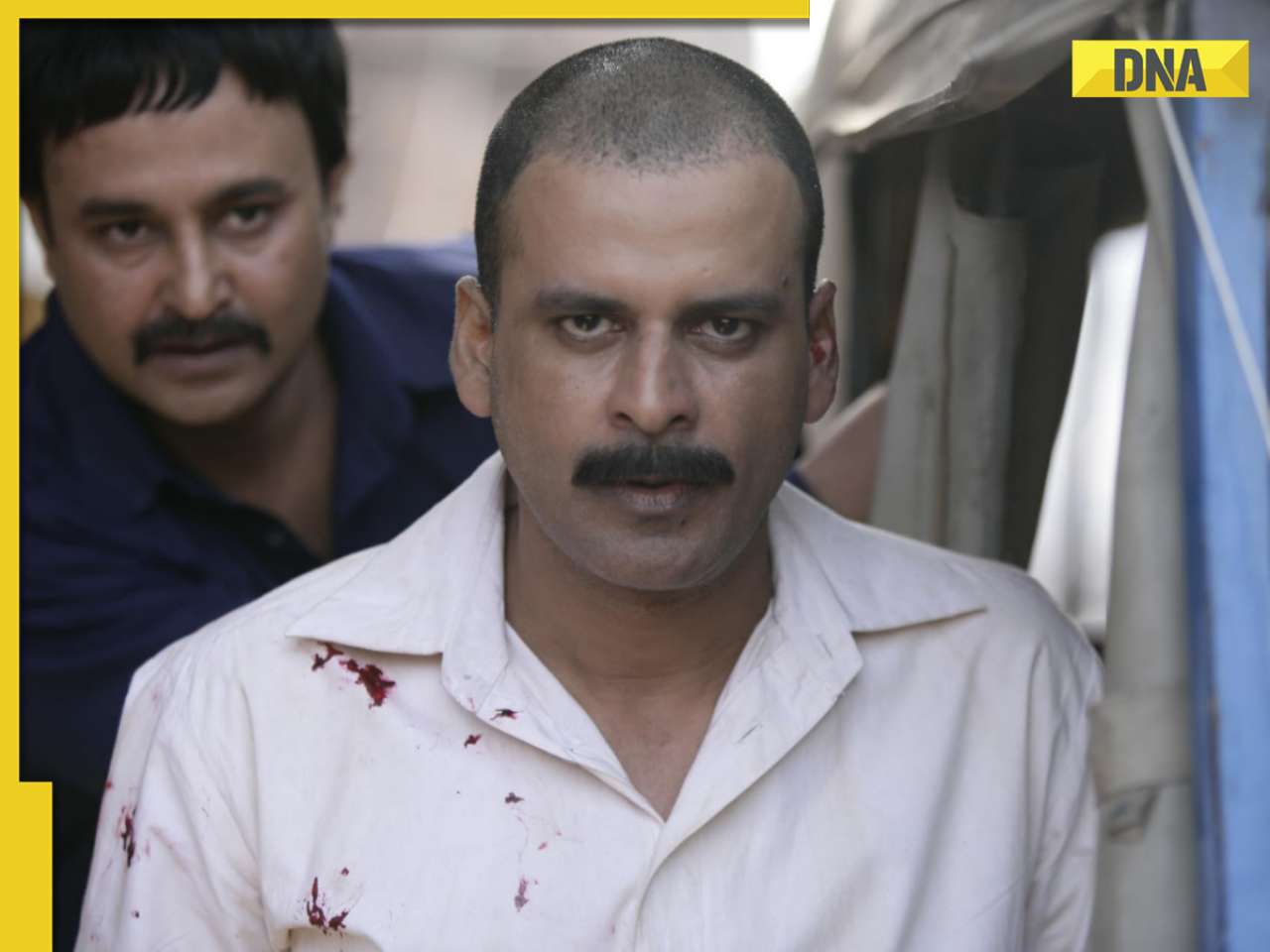



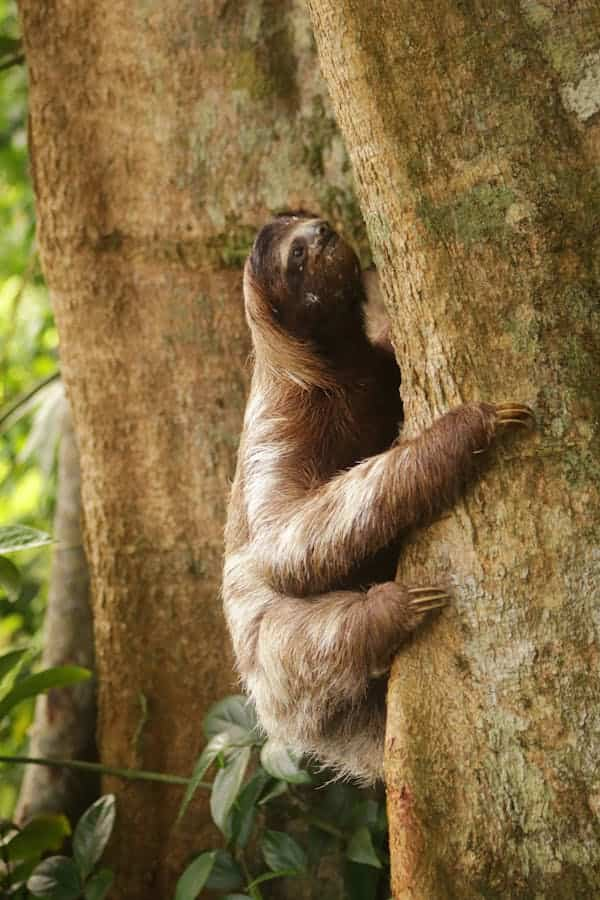




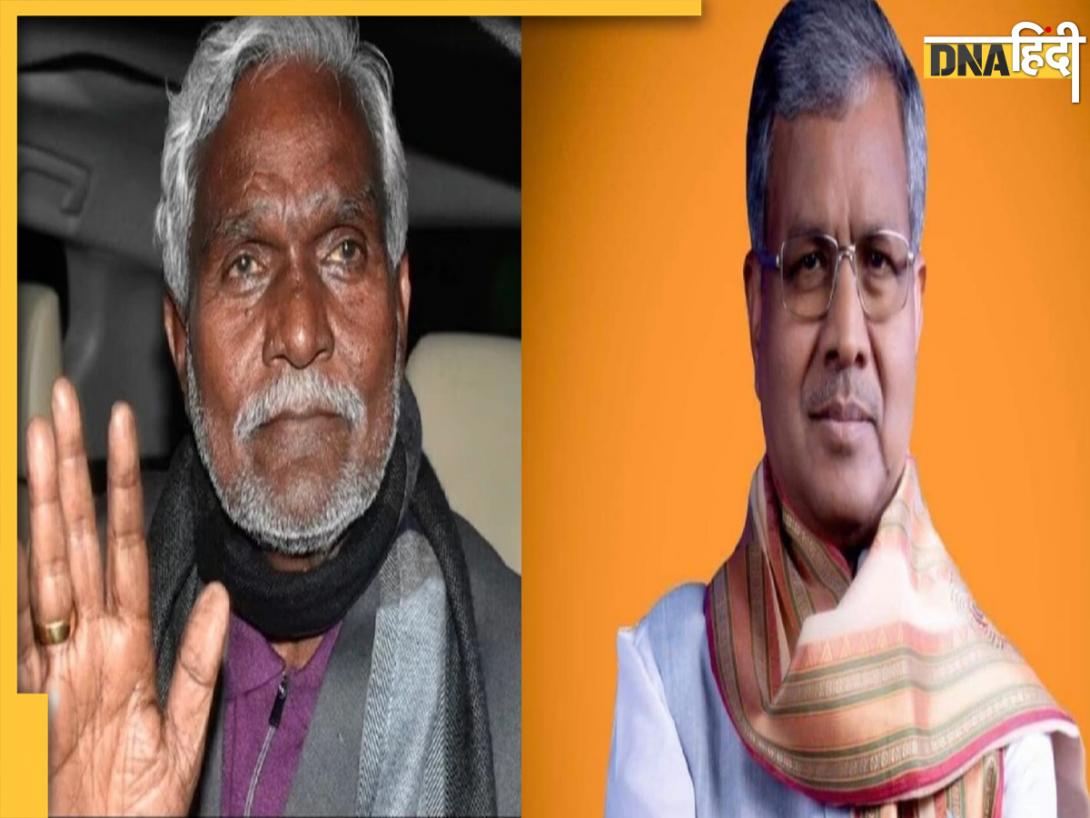

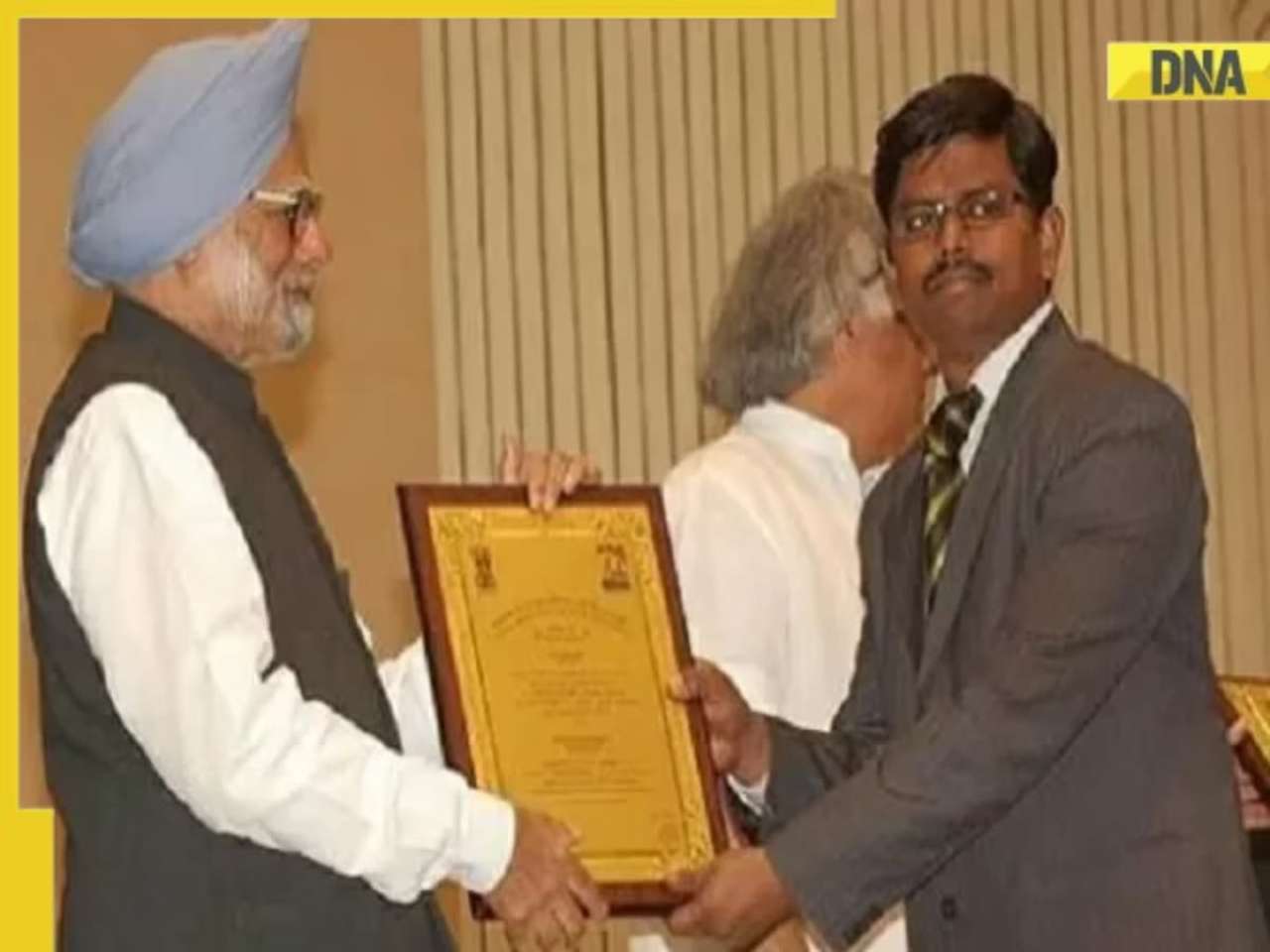



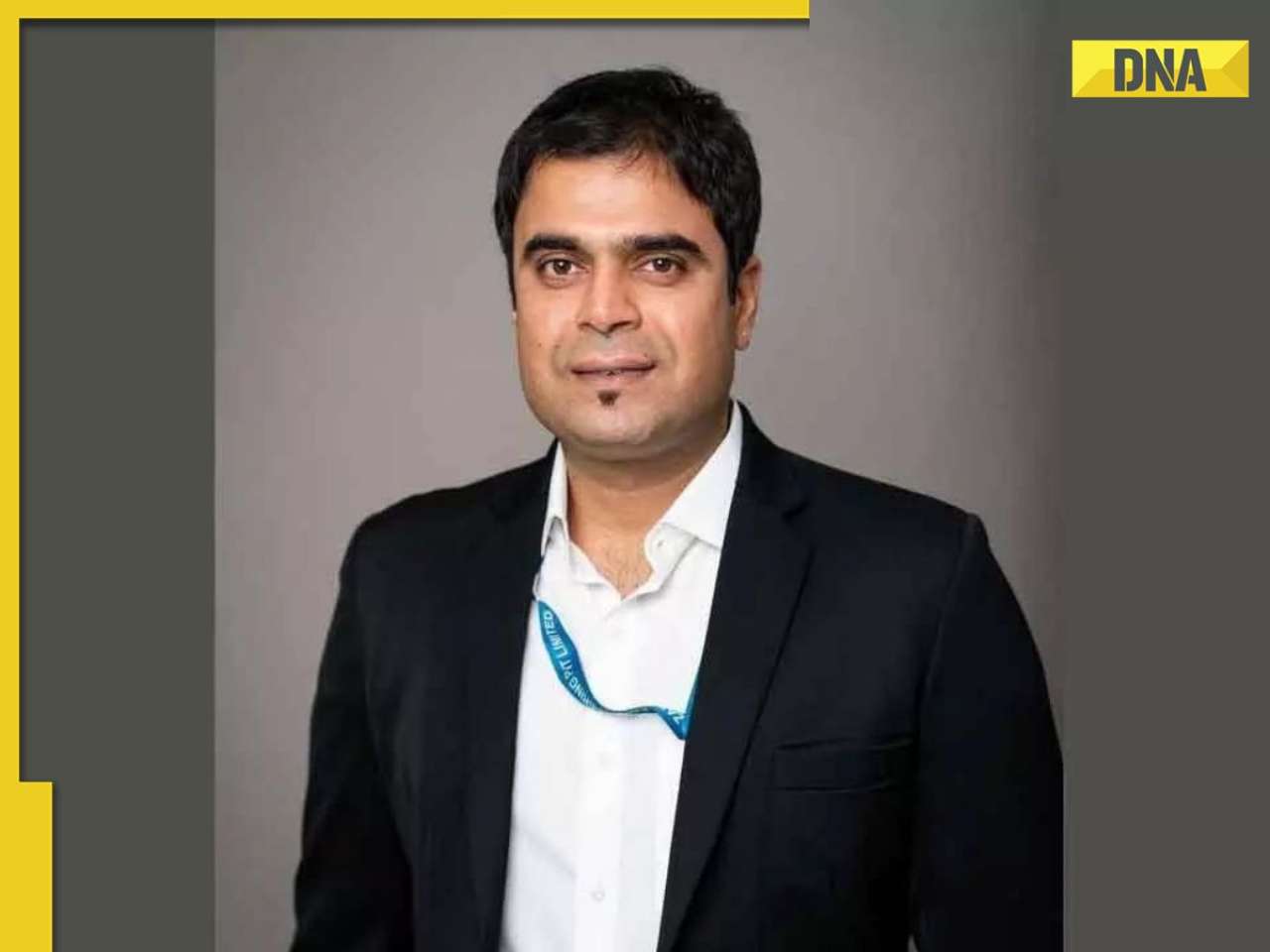
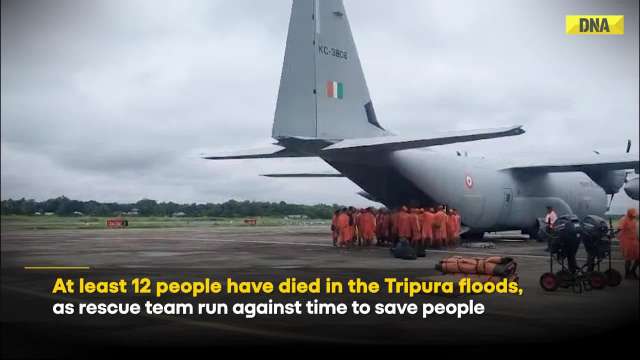
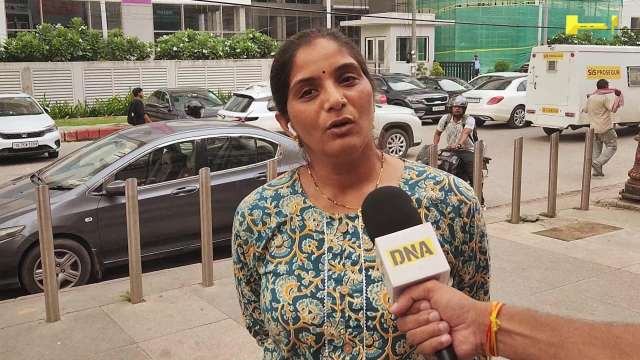

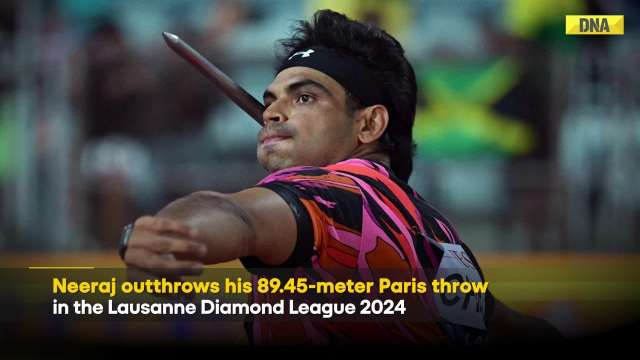
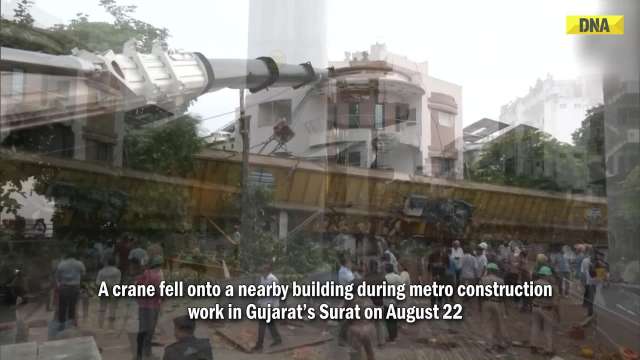

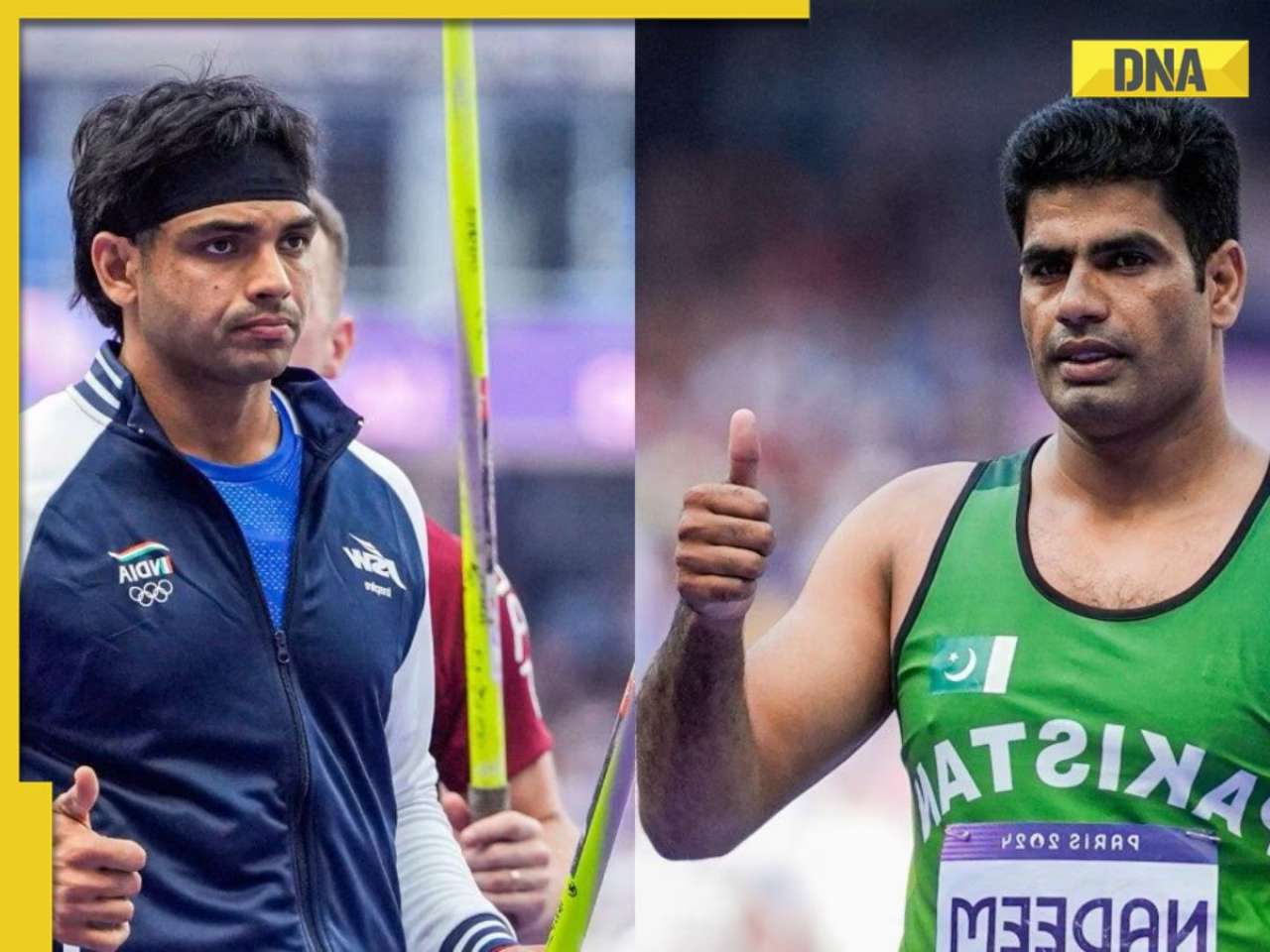


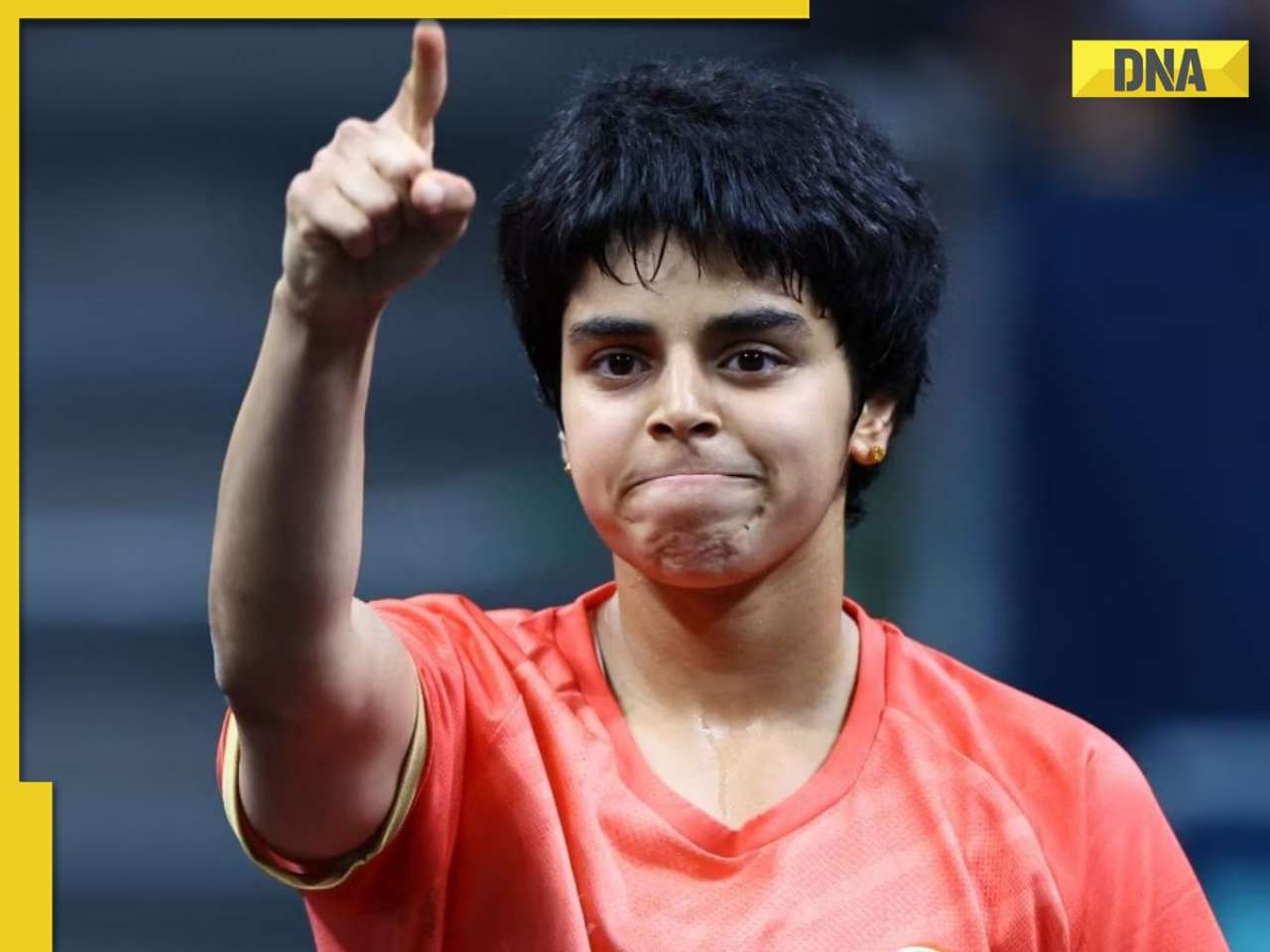








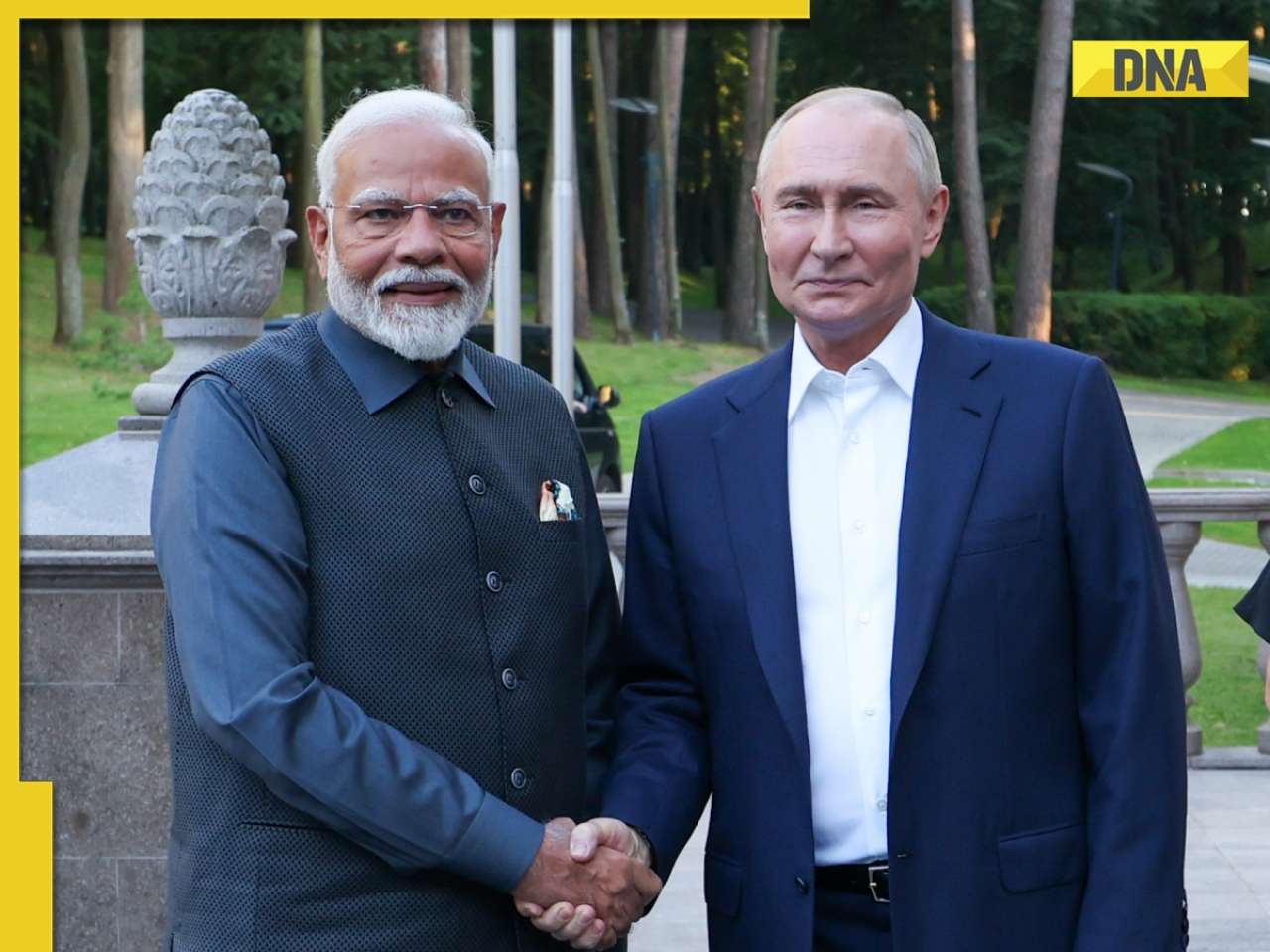
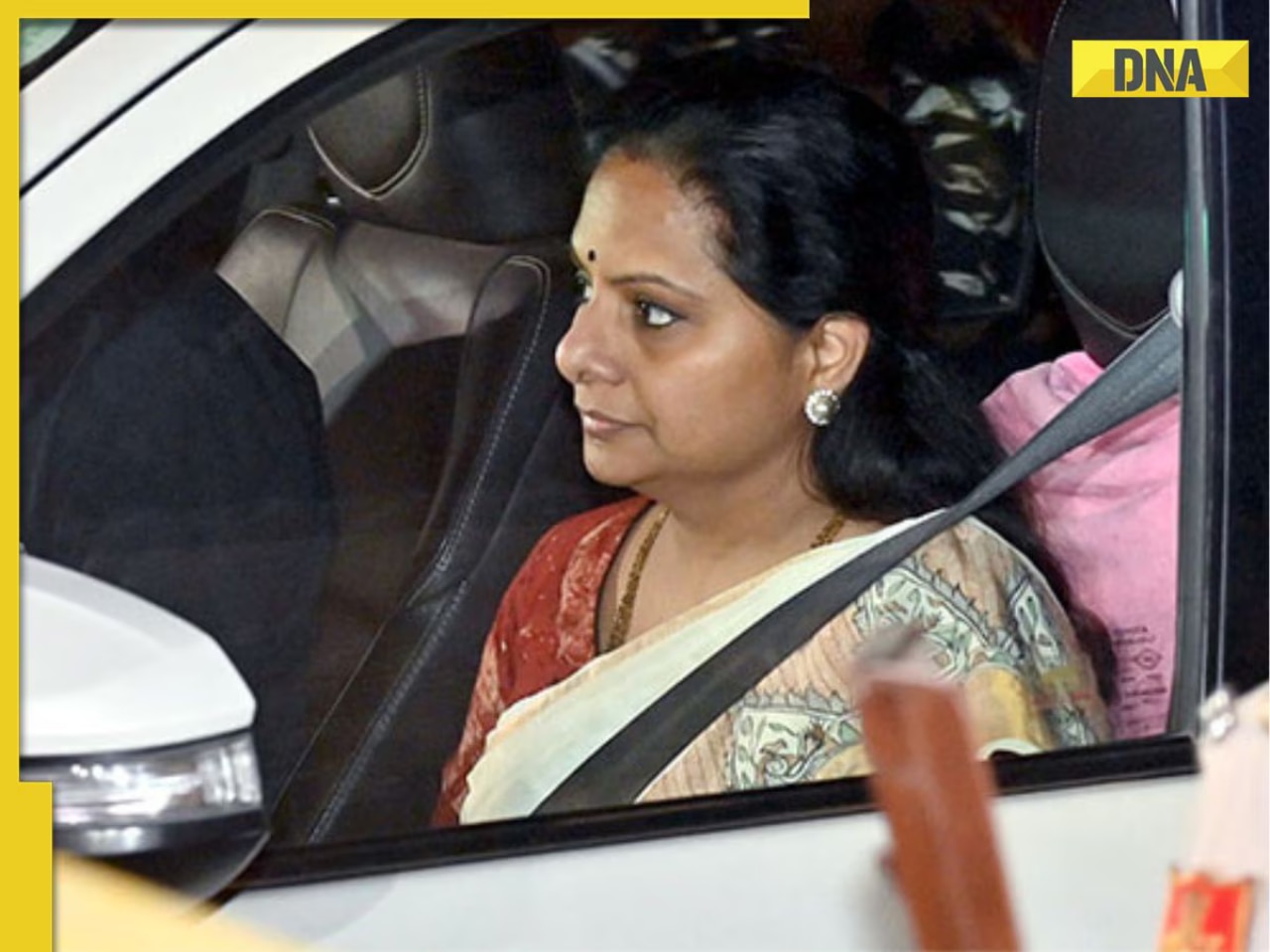
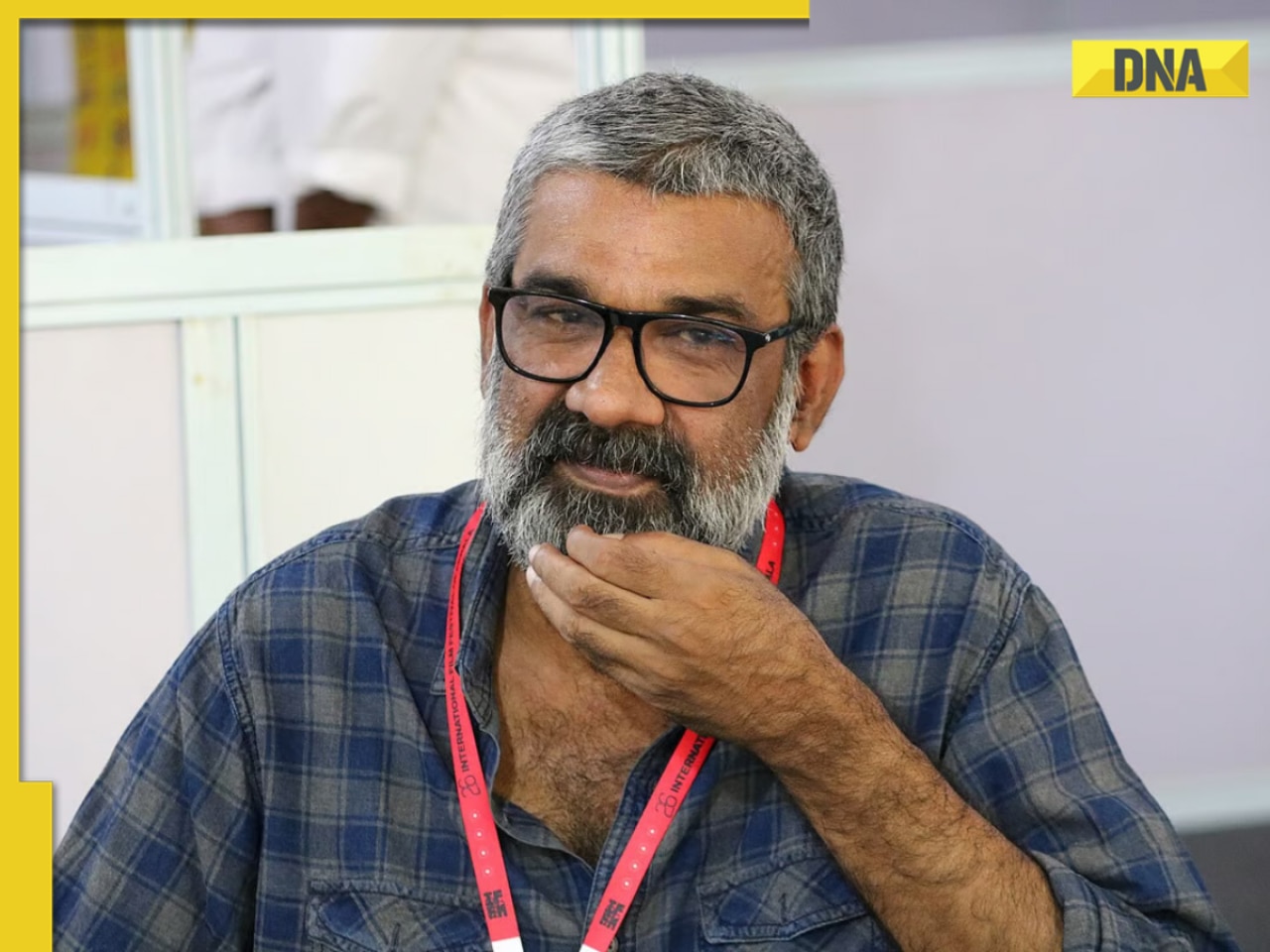
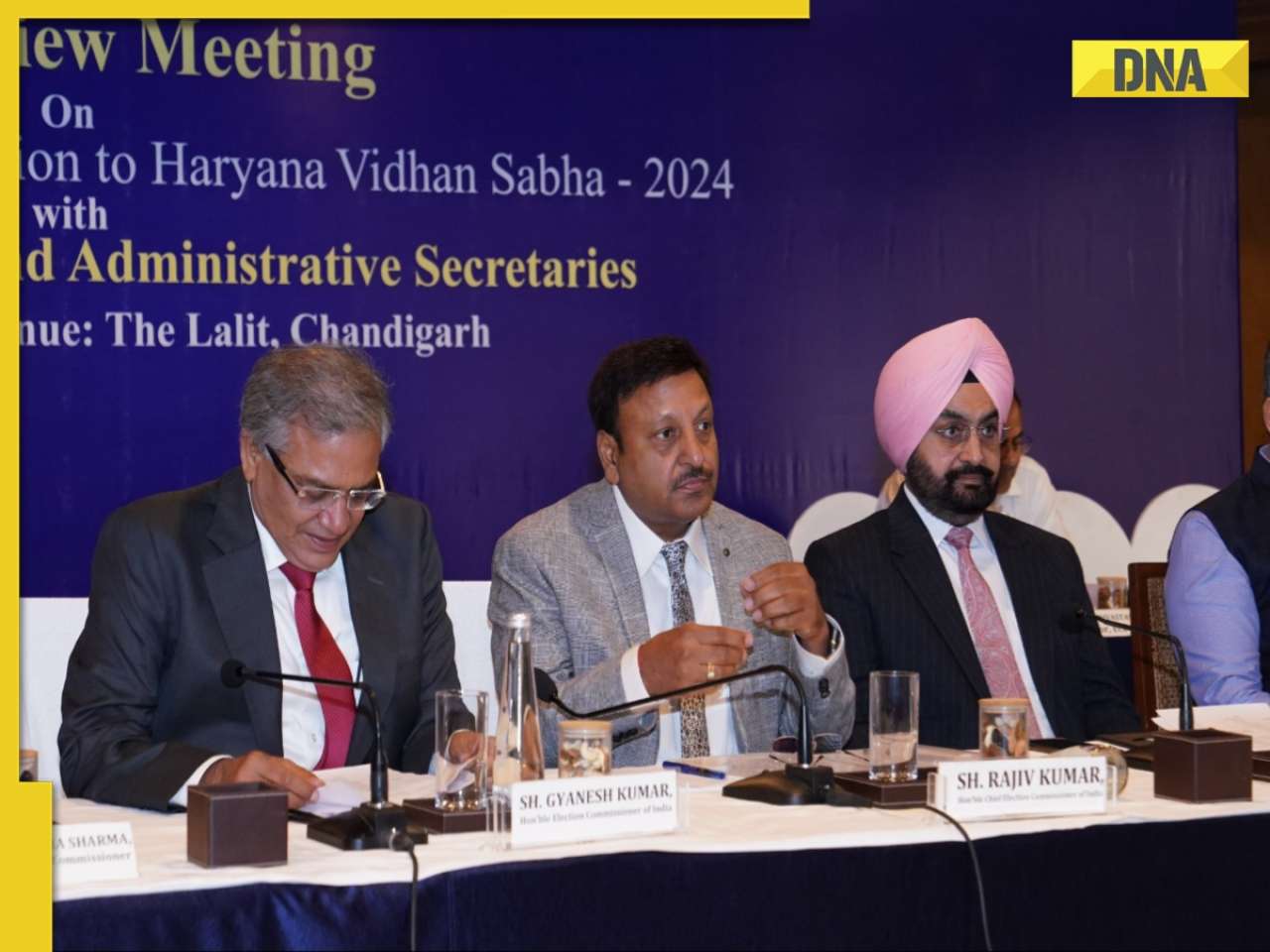
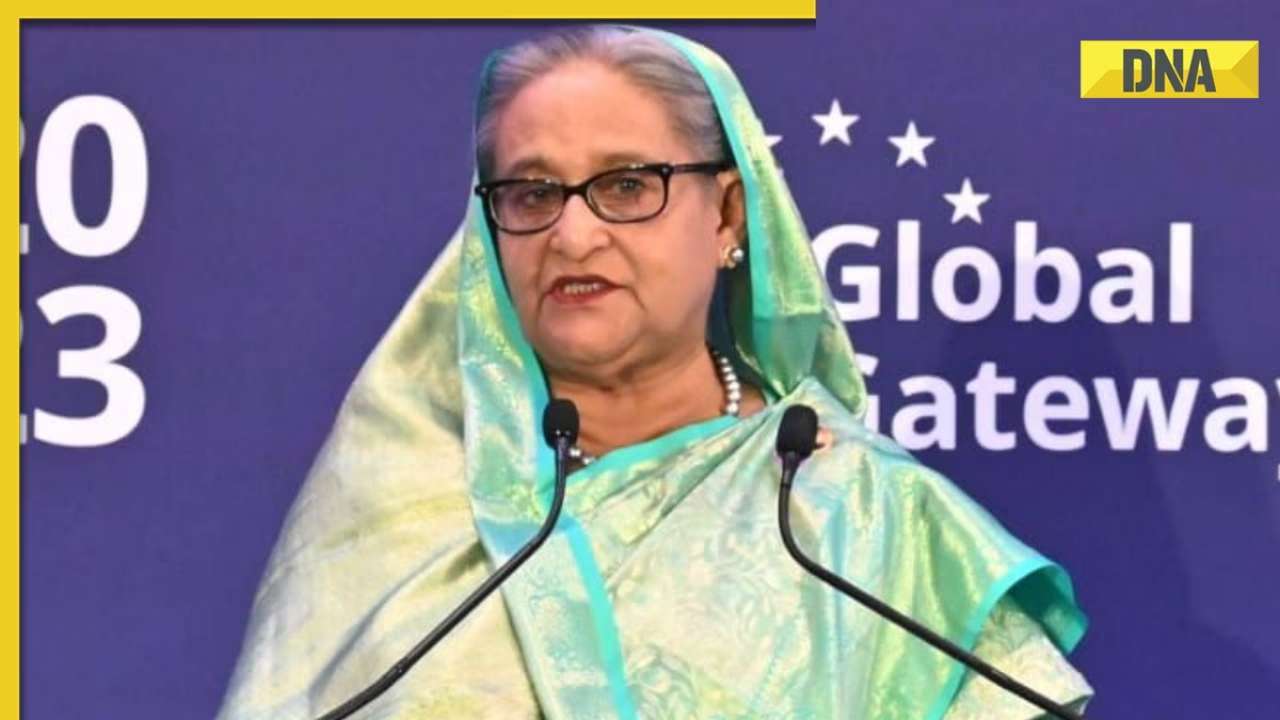




)
)
)
)
)
)
)
)
)
)
)
)
)
)





)
)
)
)
)
)